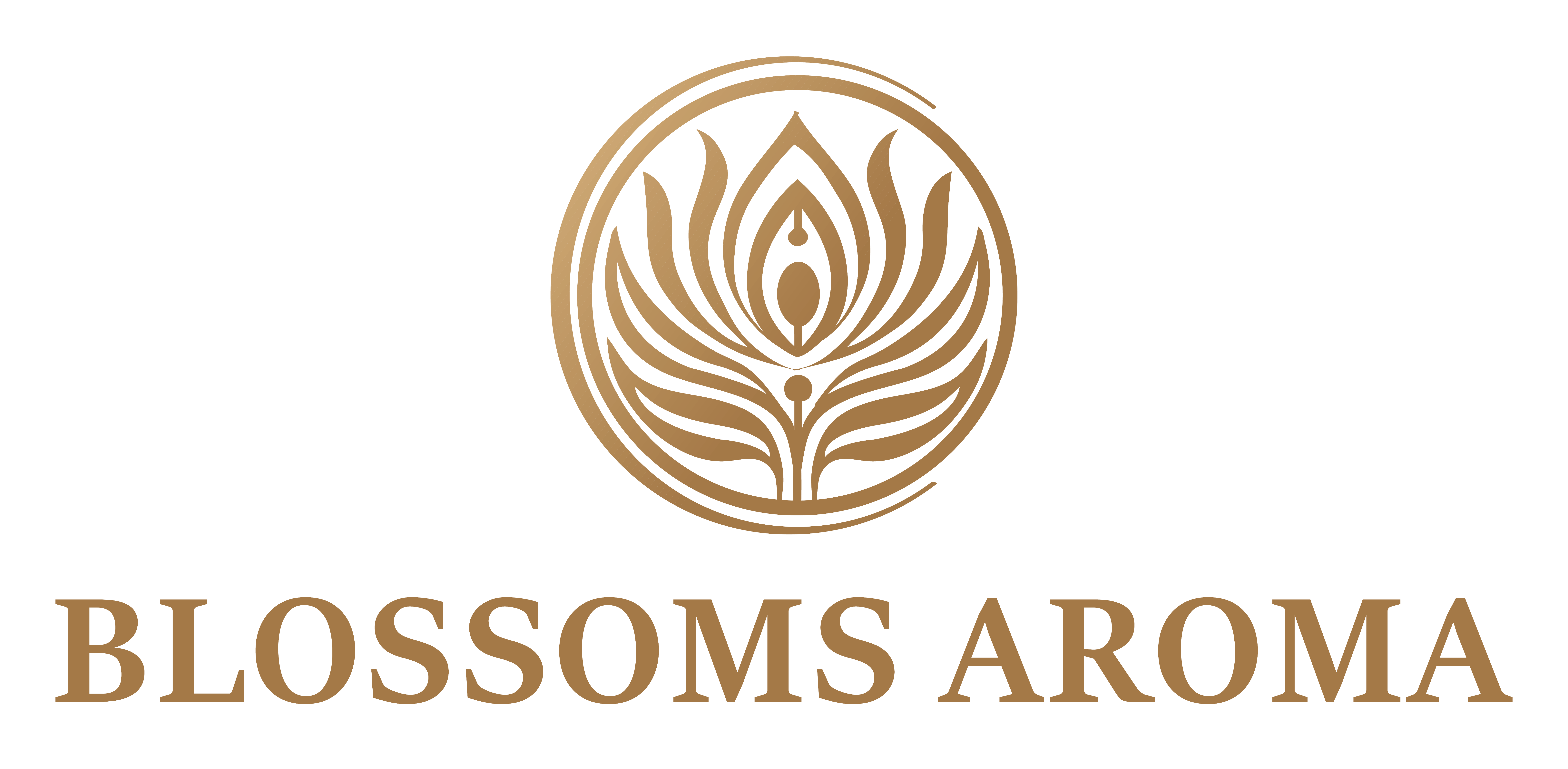Pettigrain OIL
All About Petitgrain Oil:
Origin and Growth: Petitgrain oil is derived from the fragrant leaves and twigs of the bitter orange tree, scientifically known as Citrus aurantium. Native to Southeast Asia, particularly China and India, the bitter orange tree is now cultivated in various tropical and subtropical regions worldwide.
Petitgrain Oil Specifications:
GENERAL CHARACTERISTICS
- Product: PETITGRAIN OIL
- Botanical Name: Citrus aurantium
- Family: Rutaceae
- Part of the Plant Used: Leaves and twigs
- Fema Number: 2857
- CAS NO.: 8014-17-3
- HSN CODE: 33012918
- EINECS Number: 284-515-8
- Appearance: Mobile liquid
- Colour: Pale yellow to amber liquid
- Odour: Characteristic fresh, floral, and slightly woody aroma
IDENTIFICATION
- A. TLC: It complies with the test
- B. GC: It complies with the test
PHYSIO-CHEMICAL PROPERTIES
- Relative density: 0.945-1.144
- Refractive index at 20˙C: 1.445-1.665
- Optical rotation: (-1.5˙) – (+7˙)
- Storage: In a well-fitted container, protected from heat
Petitgrain Oil History: Petitgrain oil has a rich history dating back centuries. The bitter orange tree has been cultivated for its aromatic properties since ancient times. The oil was particularly favored in traditional medicine and perfumery.
Industrial Uses: Petitgrain oil finds extensive applications in the fragrance and flavor industry. It is widely utilized as an essential oil in aromatherapy, cosmetics, personal care products, and alternative medicine. Its soothing properties make it ideal for alleviating skin irritations and burns.
Properties (Based on COA Report):
- Synonyms: Bitter orange oil, Citrus aurantium oil
- Botanical Name: Citrus aurantium
- Part Used: Leaves and twigs
- Color: Pale yellow to amber
- Viscosity: Medium to watery
- Perfumery Note: Fresh, floral, and slightly woody
- Shelf Life: Two years
- Density: 0.945-1.144
- Refractive Density: 1.445-1.665
EXTRACTION: Petitgrain oil is typically extracted through steam distillation from the leaves and twigs of the bitter orange tree. The process yields a delicate oil renowned for its fresh aroma and therapeutic properties.
ECOLOGICAL INFORMATION: The bitter orange tree thrives in diverse tropical conditions and can adapt to various soil types. Cultivation of the tree is widespread in regions with suitable temperatures ranging between 20-30°C and average rainfall between 1250 mm to 2500 mm.
15 Proven Uses and Benefits:
- Pharma Uses: Petitgrain oil possesses antimicrobial properties and is researched for its potential cancer-fighting effects.
- It serves as an effective anti-inflammatory agent.
- Beneficial in the treatment of diabetes.
- May help prevent urinary tract infections.
- Utilized in dental and pharmaceutical products.
- Acts as a natural insect repellent.
- Traditionally used to alleviate toothaches and combat bad breath.
- Known for its memory-boosting properties.
- Cosmetic Uses: Added to soaps, insecticides, skincare, and hair care products for its fragrance and therapeutic benefits.
- Culinary Applications: Used as a condiment and flavoring agent in a variety of savory and sweet dishes.
- Finds usage in beverages, baked goods, candies, and chocolates.
- Has antibacterial properties beneficial for product preservation.
Abstract or How to Extract It: The chemical components of petitgrain oil include linalool, linalyl acetate, geraniol, and nerol, contributing to its distinctive aroma and therapeutic properties.
CONCOCTION: Petitgrain oil blends well with other essential oils such as lavender, bergamot, lemon, and geranium, offering versatile applications in aromatherapy and perfumery.
SAFETY MEASURES:
- Eye Contact: Flush with water and seek medical attention if irritation persists.
- Skin Contact: Rinse thoroughly with water. Seek medical help for prolonged irritation.
- Inhalation: Move to fresh air in case of inhalation. Administer artificial respiration if necessary.
- Ingestion: Do not induce vomiting. Seek medical assistance immediately.
- Storage & Handling: Store in a cool, well-ventilated area away from heat and ignition sources. Avoid contact with eyes and skin. Use suitable protective equipment during handling.
TOXICOLOGICAL INFORMATION: Petitgrain oil contains compounds that may cause skin and eye irritation. Ingestion or inhalation of large quantities can be harmful and may require medical attention.

